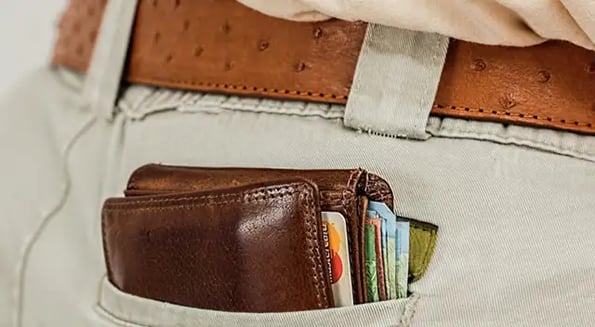When pockets started filling up with credit cards instead of cash wads around 2000, it appeared as though career wallet-whisperers would have to pick a new type of petty crime.

But, despite constant reports of the coming of a cashless economy, cash didn’t disappear as completely as expected. Now that pedestrians are more digitally distracted than ever, pickpockets are making an unlikely comeback, The Atlantic reports.
A pocket half empty becomes a pocket half full
Good pickpockets made $12k a month (inflation-adjusted) in the ’80s and ’90s. But from 2000 to 2010, the number of slick picks dwindled to the point that cops estimated only 40 career picks were left in Manhattan.
But then something strange began to happen — pocket-picking started increasing again.
Last year, pickpocketing on transit systems increased 15% in Manhattan and 13% in Chicago. Even San Francisco, ground zero for cashless convenience, saw an 8% uptick in public-transit-pocketing.
So, why did pickpocketing pick up again?
In a word: distraction. Pickpocketing is built on distraction, and thanks to the constant connectedness that comes with smartphones, people in public are more distracted than ever.
By combining classic sleight-of-hand techniques like “the sandwich” (bumping from one side and swiping from the other) with dastardly digital tricks like “shoulder surfing” (peeking at PIN numbers from over the shoulder), pickpockets can profit from cash, debit cards, and phones.
Smartphones, which resell for $200 even when disabled, are now the top pick. But debit cards (which still yield a profit) and cash (which is still the most popular payment method) are also still swiped.

